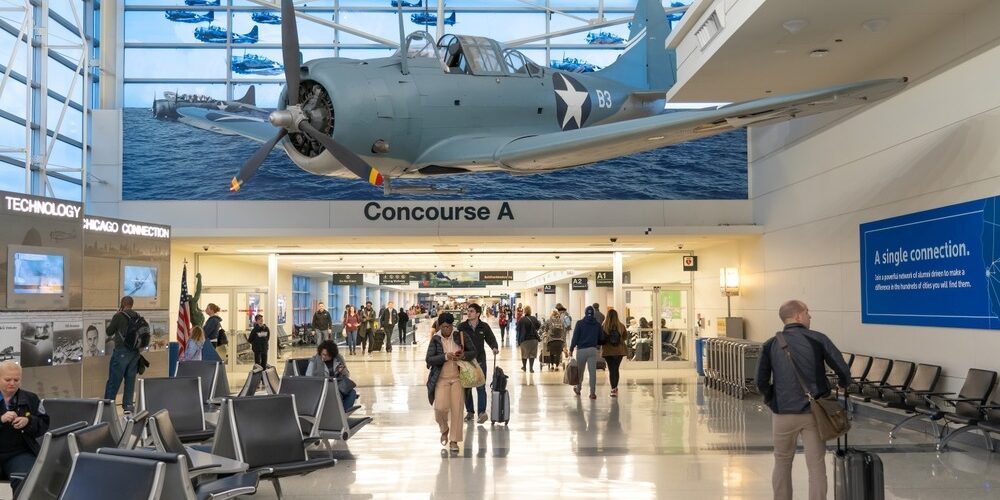The Anniversary of the Battle of Midway
Every June 4th, the United States commemorates the anniversary of the Battle of Midway, one of the most pivotal naval engagements of World War II. This historic event, which took place between June 4 and June 7, 1942, marked a decisive victory for the U.S. Navy over the Imperial Japanese Navy, just six months after the attack on Pearl Harbor. Each anniversary is an opportunity to reflect on the extraordinary courage, sacrifice, and strategic brilliance that changed the course of the war in the Pacific. Memorial ceremonies, educational programs, and special military observances are often held to honor the veterans who participated in the battle and to educate new generations about its enduring significance.
The Battle of Midway is not only remembered for its military achievements but also for the resilience of the American spirit at a time when the outcome of the war was uncertain. In the days leading up to the battle, American intelligence had successfully broken Japanese naval codes, giving the U.S. an unprecedented strategic advantage. Armed with this intelligence, Admiral Chester W. Nimitz made the crucial decision to set a trap for the Japanese fleet near Midway Atoll, a small but strategically vital outpost in the Pacific Ocean. The subsequent battle would go down as one of the most brilliantly executed naval operations in military history.
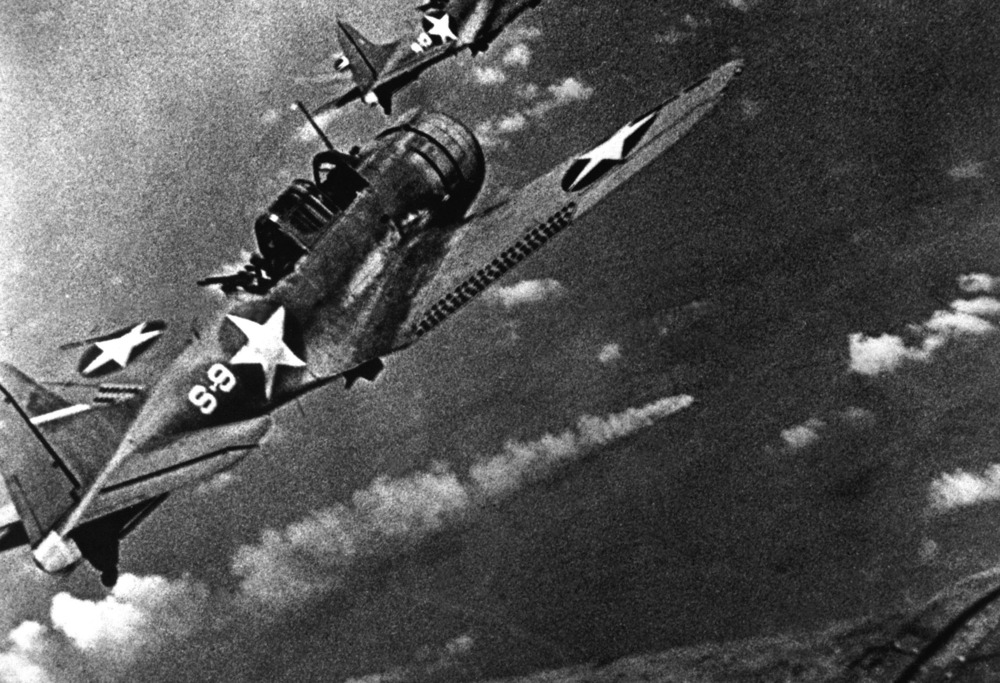
The Events of That Day
The morning of June 4, 1942, erupted into chaos and courage in the skies and seas near Midway Atoll. The Japanese fleet, under Admiral Isoroku Yamamoto, sought to eliminate the United States as a strategic power in the Pacific by luring its aircraft carriers into a trap and destroying them. However, U.S. codebreakers had already deciphered these plans, allowing Admiral Nimitz to position his three carriers—the USS Enterprise, USS Hornet, and USS Yorktown—north and east of Midway, lying in wait for the Japanese fleet.
That day, American air forces stationed on Midway Island launched a series of attacks against the approaching Japanese carriers. Although initially unsuccessful and suffering heavy losses, these attacks paved the way for a decisive American counterstrike. At around 10:20 AM, dive bombers from the Enterprise and Yorktown found the Japanese carriers Kaga, Akagi, and Soryu with their flight decks cluttered with refueling and rearming aircraft. The dive bombers struck with deadly precision, setting all three carriers ablaze. Later in the day, the last Japanese carrier, Hiryu, was also sunk.
By the end of the battle on June 7, the U.S. had lost the carrier Yorktown and the destroyer USS Hammann, but the Japanese had suffered irreparable damage: four fleet carriers destroyed, along with hundreds of aircraft and many of their most seasoned pilots. The tactical brilliance, courage under fire, and timely intelligence that guided U.S. forces that day turned the tide of the war.
The Impact It Had on the War in the Pacific
The Battle of Midway dramatically shifted the balance of power in the Pacific theater. Until that point, Japan had enjoyed a string of seemingly unstoppable victories, expanding its empire across Asia and the Pacific Islands. Midway halted that expansion and placed the Japanese on the strategic defensive for the remainder of the war. With the loss of four of its most important aircraft carriers and over 3,000 sailors and aviators, Japan’s ability to project naval power was severely weakened.
From a strategic standpoint, the victory at Midway restored confidence in the U.S. Navy and the broader Allied war effort. It demonstrated the power of aircraft carriers over battleships and validated the importance of intelligence and codebreaking in modern warfare. Moreover, it gave the United States and its allies the breathing room needed to regroup, reorganize, and prepare for offensive operations. Within a year, the U.S. launched major campaigns in Guadalcanal and the Solomon Islands, beginning a long, island-hopping push toward Japan that would eventually lead to victory in 1945.
Midway was more than just a naval engagement—it was a psychological and symbolic turning point. It proved that the United States could not only withstand Japan’s aggression but also decisively strike back. The momentum gained in those three days of fierce combat would carry through the rest of the war and define the United States’ role as a dominant Pacific power for decades to come.
The Legacy It Left for Chicago O’Hare and Midway Airports
The legacy of the Battle of Midway extends beyond military history—it lives on in the names of two of Chicago’s major airports. Chicago Midway International Airport was renamed in 1949 to honor the battle, previously known as Chicago Municipal Airport. This act of renaming was a profound tribute to the sacrifice and victory achieved in that Pacific clash. Midway Airport has since stood as a symbolic reminder of American resilience and strategic success in the early years of World War II.
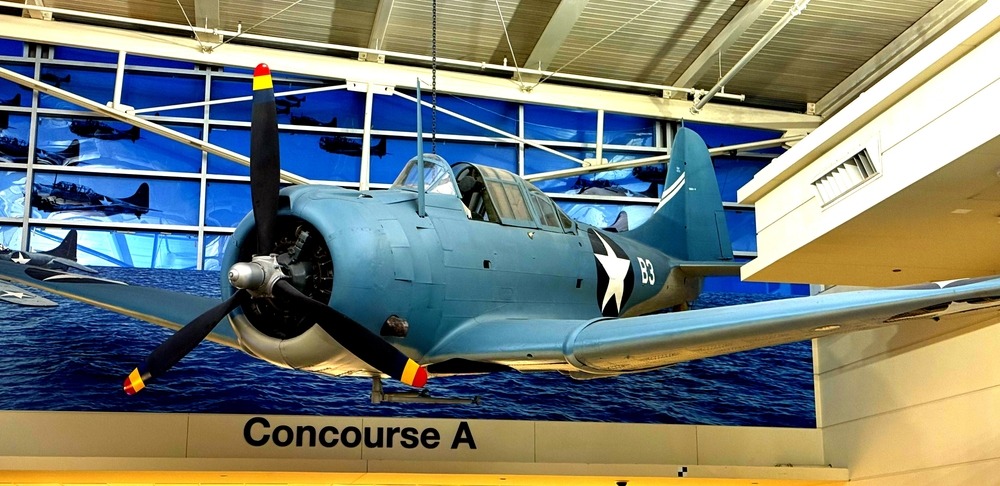
Further honoring the legacy of those who fought in the Pacific Theater is Chicago O’Hare International Airport, named after Lieutenant Commander Edward “Butch” O’Hare. A naval aviator and Medal of Honor recipient, O’Hare was credited with single-handedly shooting down five Japanese bombers during a 1942 mission, thereby protecting the USS Lexington. Though not a direct participant in the Battle of Midway, O’Hare’s valor was representative of the courage shown by naval aviators during the war. His legacy, immortalized through the airport’s name, links the city of Chicago to the broader narrative of American heroism during World War II.
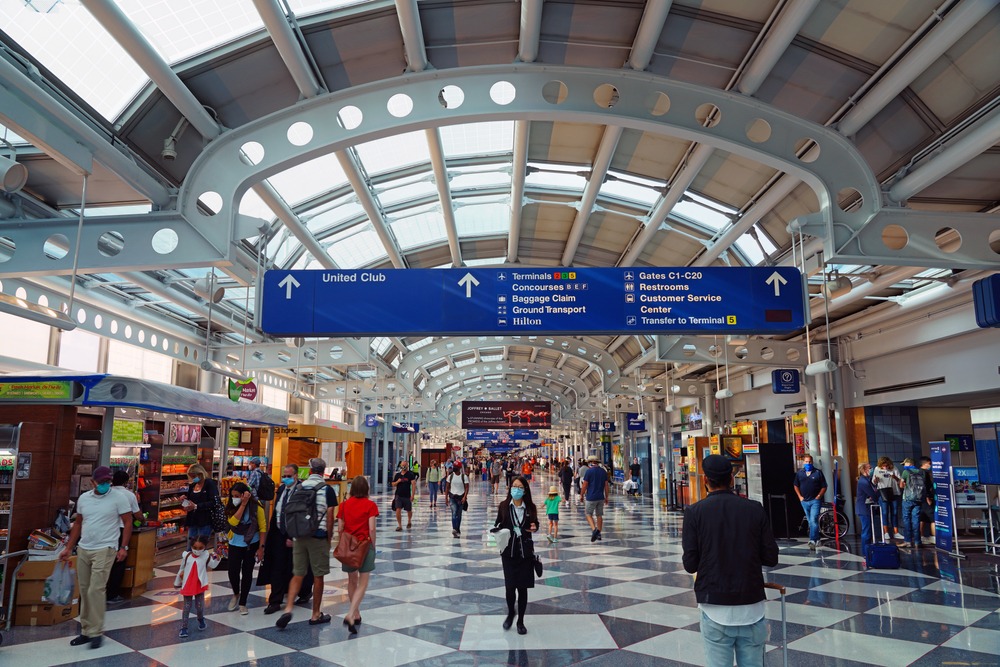
Both airports serve not only as transportation hubs but also as living memorials. Passengers walking through their terminals encounter exhibits, plaques, and historical references that pay homage to the Navy’s role in the Pacific and to the airmen who defended freedom from the skies. In this way, the Battle of Midway and its heroes remain forever part of Chicago’s civic identity and national memory.
These two airports also offer direct flights tot he current home of two of the namesakes of this Battle.
In Charleston, South Carolina is the revised USS Yorktown,

And in San Diego, California is the Retired USS Midway.
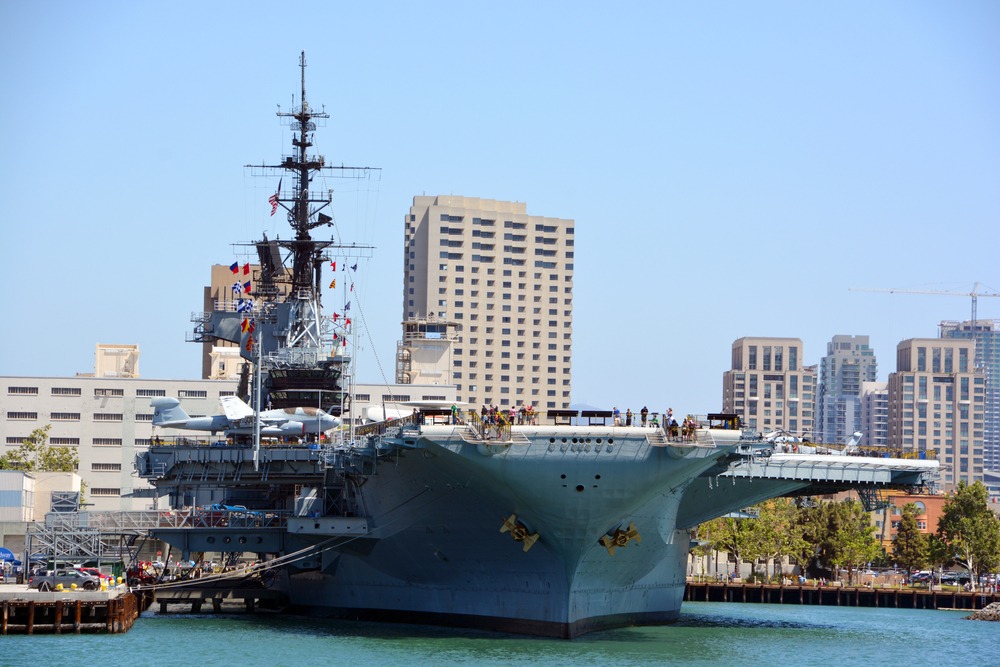
Conclusion
The anniversary of the Battle of Midway invites solemn remembrance and enduring pride. It honors a moment in time when strategy, bravery, and sacrifice converged to alter the course of history. The events of June 1942 resound far beyond the waters of the Pacific, echoing through American military doctrine, international relations, and even the names of major airports in the heart of the Midwest. As we reflect each year on this monumental battle, we remember not only the lives lost and victories won but also the legacy left behind—a legacy of courage that still takes flight every day from Chicago’s Midway and O’Hare.


